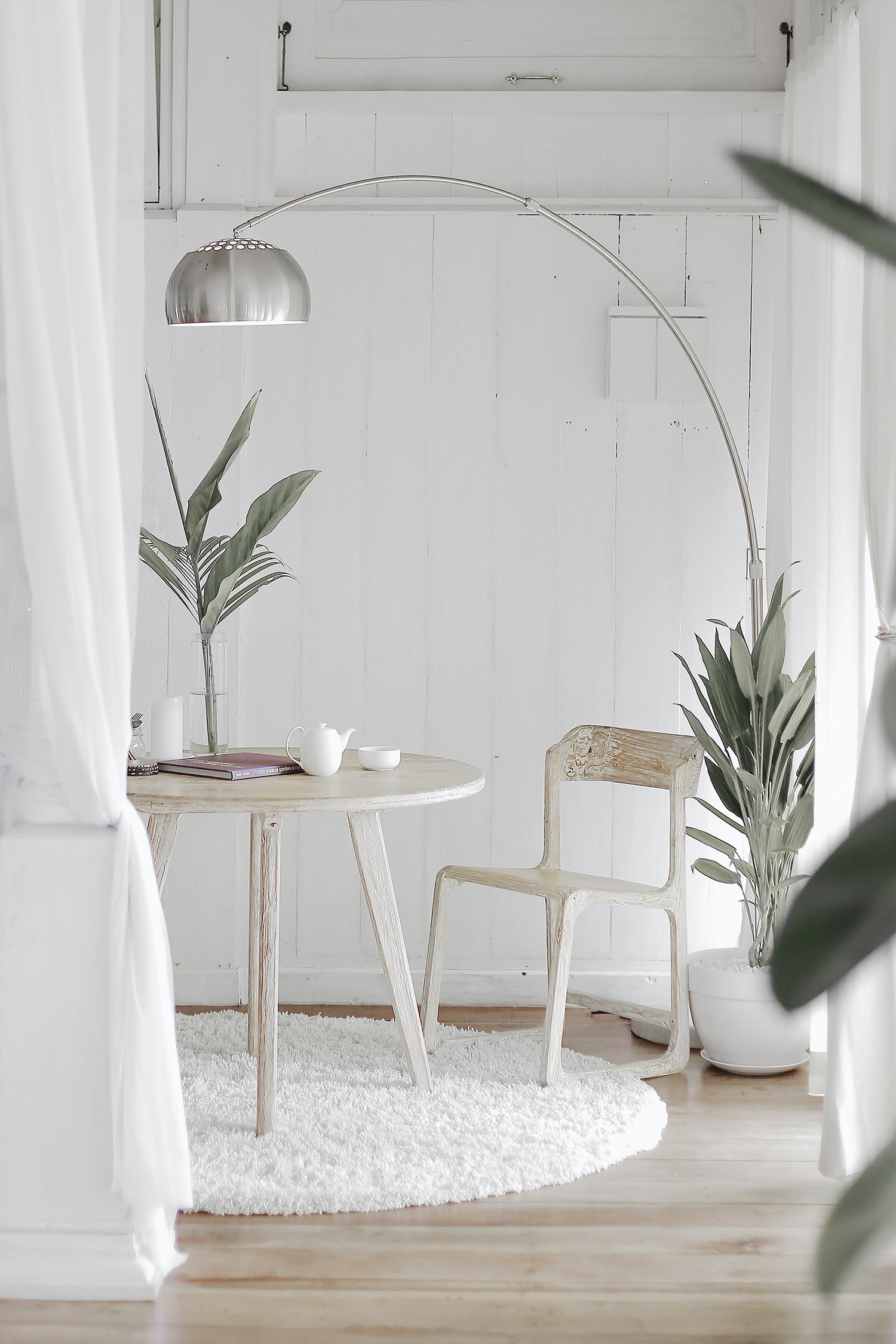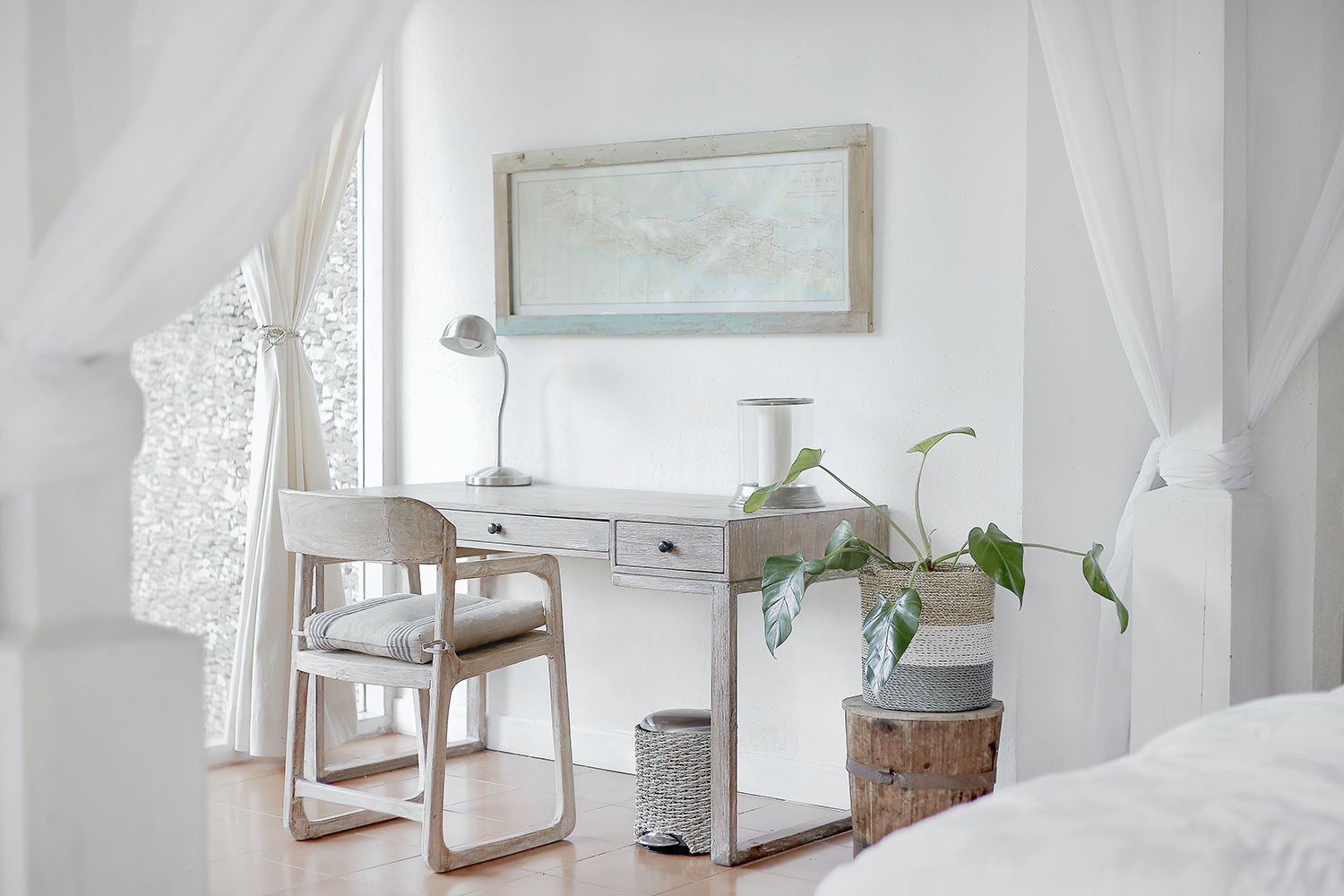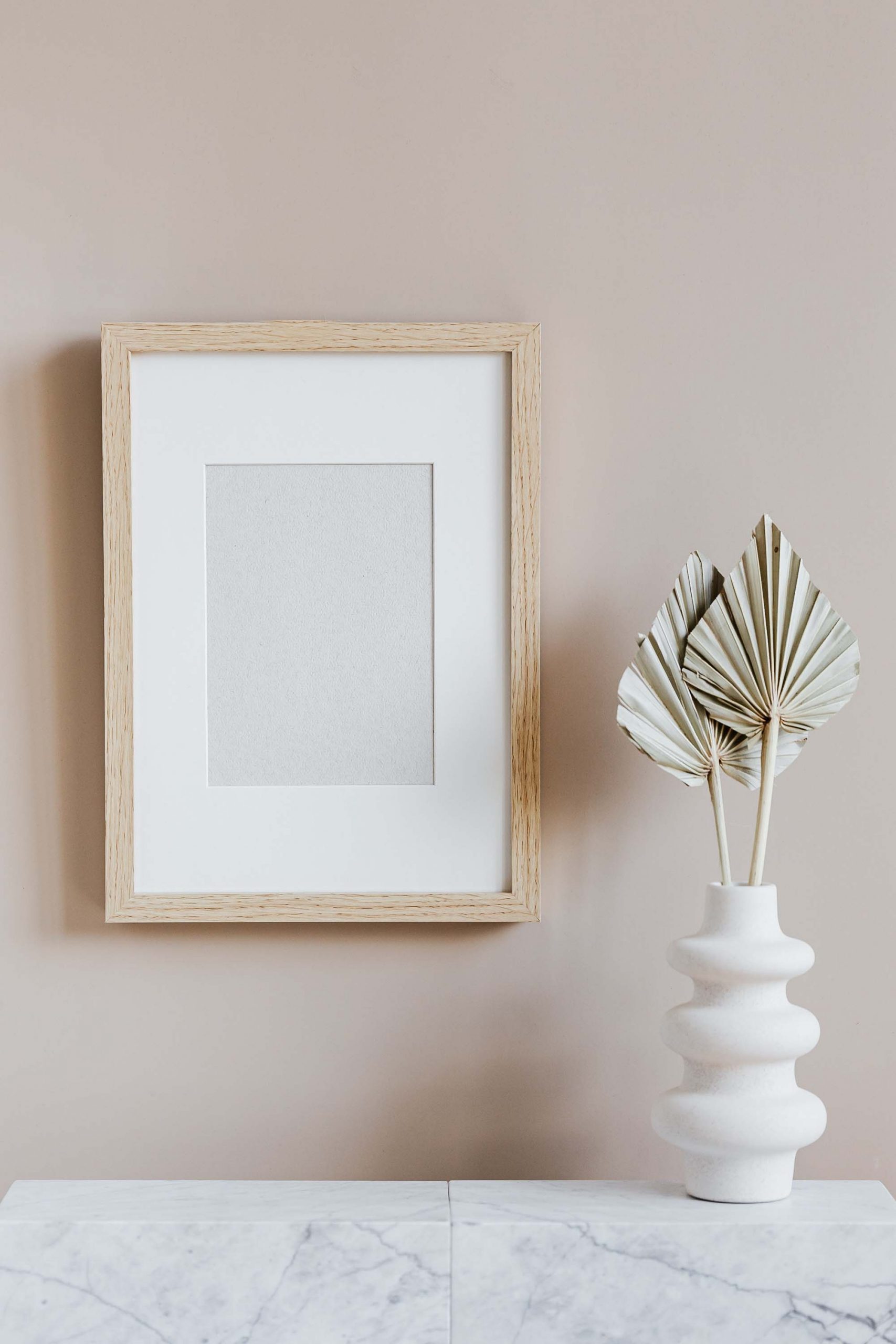Minimalist living may not sound complicated, but it’s actually difficult to do. Not only is it a home decoration trend, minimalist living is also a meaningful lifestyle chosen by many people.
Minimalism is no longer a strange concept to us. It not only involves changing the way the house is decorated but also aims to change all aspects of life, especially style. living. According to Kyle Chayka, author of the book The Longing for Less: Living with Minimalism , minimalism has its roots in Buddhism and the first theories about it were laid out by a British art theorist. Nowadays, minimalism has become popular in many places and for a time became a hot trend. Many influential figures such as Giang Oi or Chi Nguyen ( The Present Writer ) have chosen to pursue and spread this lifestyle.
Join ELLE to learn about the minimalist lifestyle and how to apply it to your life!
Table of Contents
What is a minimalist lifestyle?
There are many definitions of minimalism, however, they all have the same idea: this is a meaningful living philosophy that aims for simplicity and less materialism. According to Joshua Becker, author of the famous book on minimalism The Minimalist Home: A Room-by-Room Guide to a Decluttered, Refocused Life and the blog Becoming Minimalist : “ Minimalism is the appreciation of things that we value most in life by eliminating anything that prevents us from paying attention to the important things .”
Minimalism can be applied to all aspects of life: work, relationships… However, the focus of the minimalist lifestyle is often on changing the living space.
When thinking about a minimalist house, the first image that flashes to your mind is probably white paint, plain walls and open space. The truth is that everyone can practice a minimalist lifestyle in their own way and as author Joshua Becker said, a minimalist lifestyle is a purposeful lifestyle, each item in the house has the most meaning. its determination. Accordingly, typical steps in practicing a minimalist lifestyle include: “decorate”, “arrange” and “reduce” – all aimed at bringing a simple living space but each location in the house Every house has its own role.
Benefits of a minimalist lifestyle
- Cost savings: owning less material means you spend less money. You also don’t have to spend extra money every month to keep and maintain the items you own. Then, you will realize that instead of going shopping, you can use that money to travel with your family. Experiences with loved ones will surely be more valuable than dozens of items you buy in your spare time.
- Have more time: owning fewer items helps you save time taking care of, cleaning and organizing them. Even regular shopping itself takes up quite a bit of your time. Cutting back on what’s not really necessary gives you more time to invest in what matters most.
- Improve your health: having to spend time and money every month “taking care” of all the items can easily make you stressed. Author Becker advises: “ Owning fewer things means less stress .” From there, we can improve our health.
- Environmental protection: when we buy and use less, we contribute to the conservation of natural resources. Environmental issues always need attention and priority. Therefore, you can protect the environment starting from changing your lifestyle.
- Be more grateful: a minimalist lifestyle helps us appreciate everything around us more. This is similar to the concept of “mindfulness” as minimalism directs us to focus on the present and have careful consideration of the things we really care about.
Ways to practice a minimalist lifestyle
1. Focus on one room
The hardest question when starting something is always: ” Where should I start?” ”. Advice for you: choose a room that is easiest to decorate and focus on minimizing it. You can then use that room as a reference for the next rooms in the house. Besides, you can use the Clutter Free application to assist you in simplifying your home.
2. Start with the most visible areas
Once you have chosen a room to practice, you should start from the most visible areas such as bookshelves, tables and chairs or the floor area. Areas that are easily hidden, like closets or drawers, can be approached later because you’re likely to get frustrated or overwhelmed by having it all out at once. By minimizing visible areas first, you will see the progress of minimizing your living space and be motivated to continue.
3. Keep only what is absolutely necessary
While cleaning and redecorating the house, you should look through each item and consider carefully whether you really need this item? Is this item helping the house? Or is it just hindering you in rearranging your home?
If you’re confused about what to do with your items, author Becker recommends asking some of the following questions:
- Do you need this item?
- Are you using this item?
- If you don’t use this item, what will you replace it with?
- Why must you have this item?
4. Decorate with meaningful items
Many people tend to decorate their homes with cute items purchased from a sale on e-commerce platforms or from local goods stalls. However, once you are committed to a minimalist lifestyle, you must get rid of that habit and replace decorative items with the most meaningful objects such as family photos, family heirlooms, etc. Not important and keeping the most valuable items, we give them space to stand out and express the family’s culture.
5. Clean regularly
Cleaning is also an effective method to keep your living space in a minimalist state. A messy house is inevitable, so we should clean it regularly to keep everything neat and clean. “ There are areas that need seasonal care, there are areas that need weekly care, and there are also areas that need daily care, ” Becker said . Therefore, maintaining a cleaning habit is also a way to practice a minimalist lifestyle.
6. Overcome the “temptation” of shopping
In an era of rampant advertising with lots of creative content, it’s hard for us to resist the appeal of shopping. Therefore, you should cut down on the frequency of viewing ads by limiting TV viewing, blocking promotional emails, and blocking ads on social networks. Besides, you should also clearly determine your own style, which items you really like and are suitable for your current lifestyle to then arrange a living space that makes you feel comfortable and happy. than.
7. Determine the purpose of a minimalist lifestyle
This is the last and most important step in practicing this lifestyle. Take the time to think carefully about the purpose of choosing this lifestyle, do you want to live minimalistly to save money, save time or to have more living space? This is important because the ultimate goal of minimalism is to live a fulfilling, meaningful life, not simply living with less material things.



